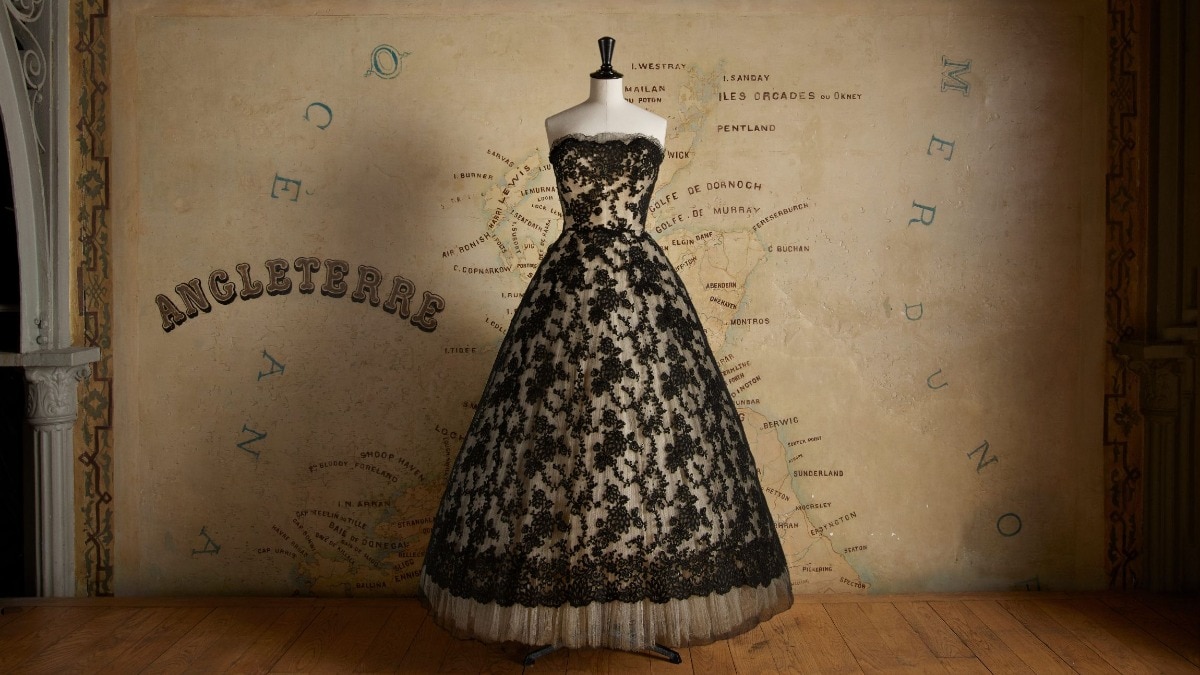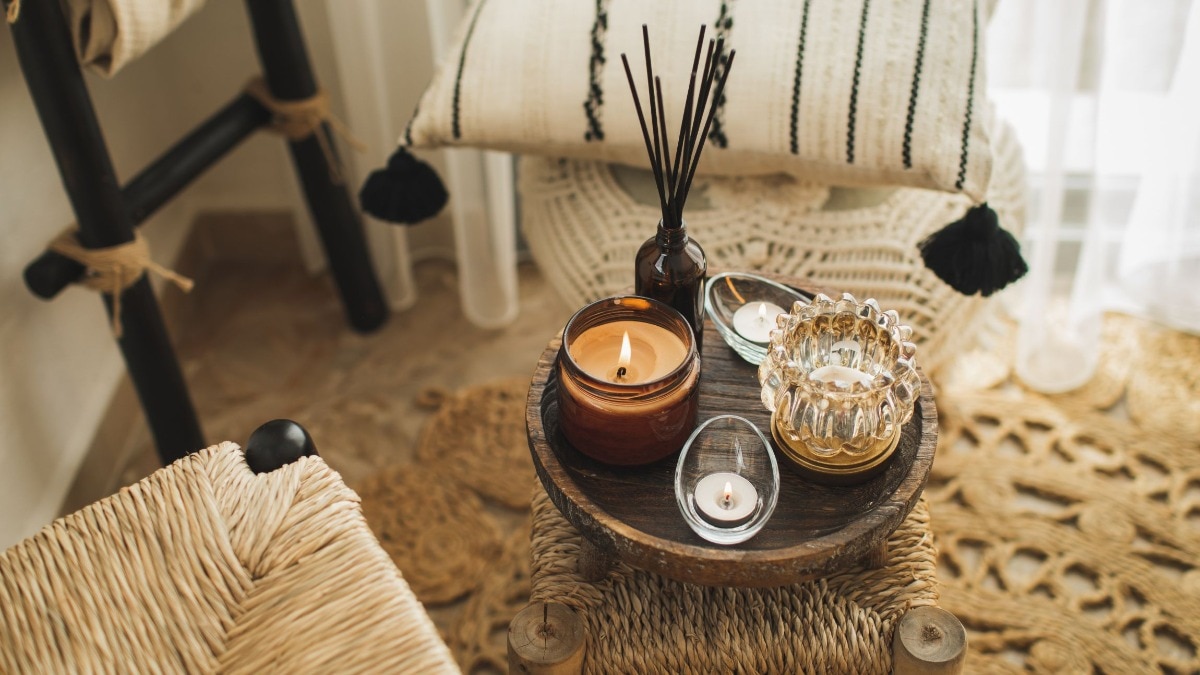Expert guide to unclogging your pores
Rule number one: back away from the magnifying mirror.


Anyone with access to a magnifying mirror has no doubt found themselves pressed up against it, examining their clogged pores. All of us have approximately 20,000 pores on our faces—and they serve an important purpose, keeping our faces moisturised and protected. Still, sometimes those precious pores can overdo it a bit, and that's when they can appear clogged. And while our pores do not open and close—contrary to popular belief—there are things you can do to address congestion.
If your clogged pores bother you, we have your back. Ahead, we break down everything there is to know about why your pores get clogged, how to prevent it, and how to clear them out, with expert insights from New York City-based dermatologist Joshua Zeichner.
What Causes Clogged Pores?
Blame sebum, a.k.a. the natural oil our skin produces. “This natural oil leaves the skin through the pores to help coat and protect the outer skin layer,” explains Zeichner. But that oil can build up, leading to clogs.
Everyone produces different amounts of sebum, and if you tend to notice more clogging at certain times of the month, there’s a reason why: “The amount of oil that your skin produces is determined by your genetics,” explains Zeichner. “However, hormone fluctuations, stress, and even your diet can rev up production. This explains why the skin may be more oily with more prominent pores, or even breakouts around the time of the menstrual period.”
How Can You Get Rid of Clogged Pores?
“Your go-to ingredient for oily skin and clogged pores is salicylic acid. This beta hydroxy acid helps remove excess oil and dead cells from the surface of the skin,” says Zeichner. Salicylic acid is FDA-approved in up to two percent concentrations for over-the-counter products, from cleansers to spot treatments. “For people who have very sensitive skin, stick with salicylic acid cleansers,” says the derm, however, he adds that “If you can tolerate it, which most people can, leave-on products that contain salicylic acid are more effective because they give longer contact time between the active ingredient and the skin.”
Are Pore Strips OK to Use?
We’re all familiar with the sweet satisfaction of removing a pore strip and meticulously inspecting the results. “Pore strips work by physically removing blockages from the pores. They are effective and quite gratifying,” says the derm. “However, they are a quick fix, and do not get to the root of the problem.” In short, he says, “Ultimately, pores will become clogged again.”
Pore extractions videos have gained a lot of traction, but according to Zeichner, “Extraction tools and spatulas can be used cautiously.” As a rule of thumb, he says, “Used with gentle pressure if they are blocked, it comes out easily, then mission accomplished. If not, abort the mission because too much pressure can traumatize the other skin layer, leading to more harm than good.”
How Can You Avoid Clogged Pores in the First Place?
Using a salicylic acid cleanser or toner regularly can help keep pores in check before they get clogged. If your skin is on the drier side, try swapping in a salicylic acid product once or twice a week. “Treating blocked pores is like training for a marathon rather than running a sprint,” reminds Zeichner. “You can’t change your genetics, but you can maintain a good skincare routine.”
This article first appeared in Harper's Bazaar US in April 2023.










